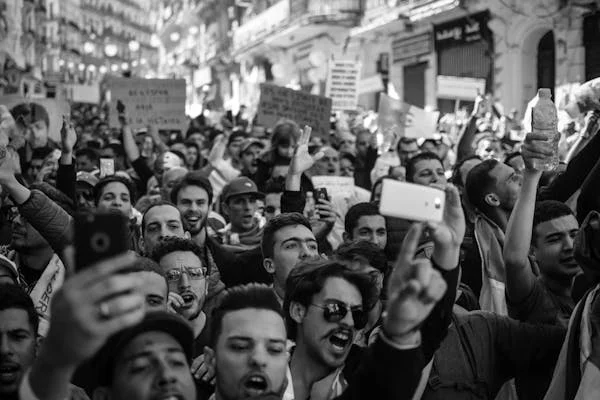In the past years, the right to protest took center-stage in Canada and with it, questions of what are the legal limits of protests and how the government should deal with public dissent. Freedom of assembly has been considered a basic freedom in the Canadian Charter of Rights and Freedoms. Under this freedom, individuals assemble publicly in a peaceful way for demonstrating and holding rallies and protests. This tension between public order and this right to liberty has only further been heightened, particularly as protests from various movements have become more mainstream and even legalized. In this sense, this paper examines criminalization of protest in Canada through recent cases that show individual rights pitted against public order.
The Legal Framework
Whereas freedom to peaceful assembly is accorded protection under the Canadian Charter of Rights and Freedoms under ss. 2(c) thereof, while freedom of expression finds protection under s. 2(b) thereof, said provisions being considered very fundamental in the democratization process and in enabling people to freely express their views on various social, political, and economic concerns;. However, this is not considered an absolute right; it is subject to reasonable limits given under Section 1 of the Charter, which are restrictions that can be justified in a free and democratic society.
Because police and government officials commonly argue that protest restrictions are put in place for the protection of public safety and order, this rationale can frequently give rise to measures limiting citizens’ rights to assemble and express themselves. This tension has fired up some much-needed legal challenges and debate in the question of what is an appropriate boundary for protests in Canada. Lawyers can provide very valuable advice and assistance to individuals who have been charged due to protest-related activities by informing them of their rights and what potential legal implications their actions may have.
Furthermore, a criminal lawyer can also involve themselves in a very meaningful manner by contesting unfair laws and practices that may transgress one’s right to protest. In this case, through litigation, overreach by government authorities is something to be held accountable so that case law is developed around the freedoms covered under the Charter. Recognized legal institutions, such as the Canadian Civil Liberties Association, often work with legal professionals in the hope of advancing protesters’ rights and educating the public about their rights under the law.
Police and Government Authority
Police and government reactions to protest often raise red flags over the possibility of overreach and even criminalization of dissent. The available tactics to law enforcement agencies in protest management include mass arrests, riot gear, and surveillance, which might serve only to escalate tensions and provoke a confrontation. Such measures, according to critics, create a chilling effect on the right to assemble as people would not assemble out of fear of reprisal.
The same issues have surfaced in the context of the Black Lives Matter movement and rallies against systemic racism. After the death of George Floyd in the United States, demonstrations swept across Canada in 2020; some demonstrations erupted in conflict between protesters and police. In so doing, the government’s response raised difficult questions about the length to which authorities could and should go to control public demonstrations, and whether excessive force was used in some cases.
Making Way for the Future of Protest in Canada
As protests continue to be a fundamental means for citizens to express views and seek change, Canada has not been exempt from striking a balance between the exercise of the right of assembly and the need to maintain public order. The courts will have much to say about the interaction of individual freedom and government authority in the coming decades.
Legal precedents established in these recent cases will likely frame future protests and inform strategies for police and activists alike. In addition, the ongoing debates over Indigenous rights, racial justice, and environmental protection will surely continue to galvanize public protest and see the legal parameters of freedom of assembly scrutinized. Vigilance will also remain with advocacy groups and civil liberties organizations to protect this right to protest. There is a proper need for raising awareness of this right in a democratic society, so citizens can assemble peacefully without being criminalized.
Conclusion
Criminalization of protests, together with the legal boundaries against freedom of assembly in Canada, are some ongoing challenges. Cases in recent times, like the Freedom Convoy and Indigenous protests against resource development, have again brought to light the tension between public order and the assertion of individual rights. To the credit of Canada, while these complex problems are being negotiated, it will fundamentally be democratic principles prevailing and the protection of the right to peaceful assembly across all citizens. It is in striking a balance between the maintenance of public order and the respect for fundamental rights of all individuals in the expression of their dissent through protest that the future of protest in Canada, from both the legal system and law enforcement but also society as a whole, depends.





